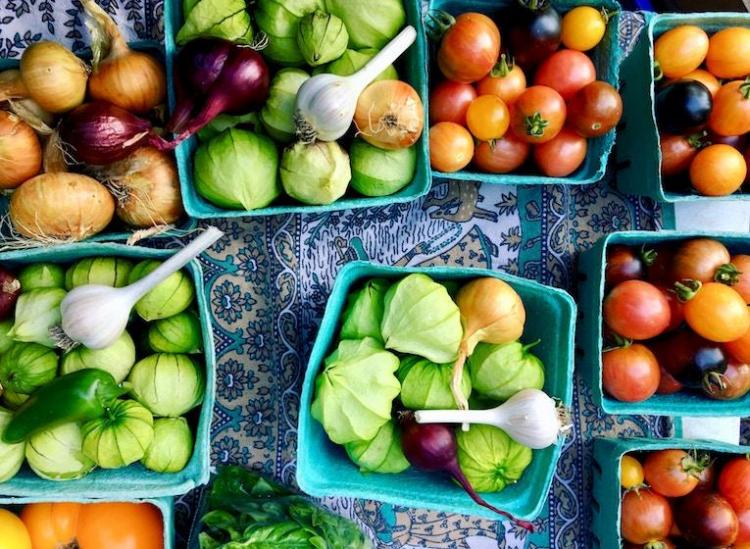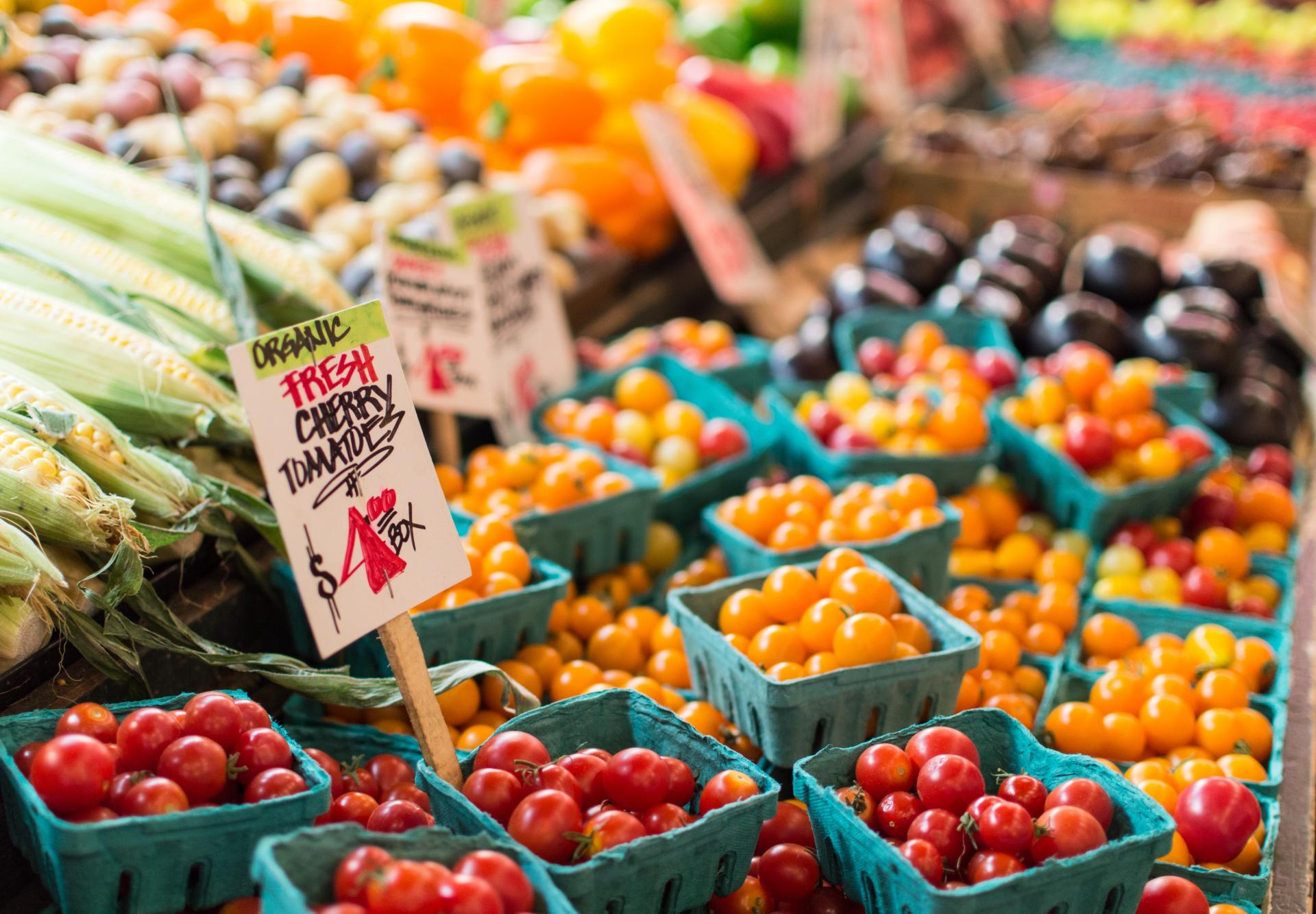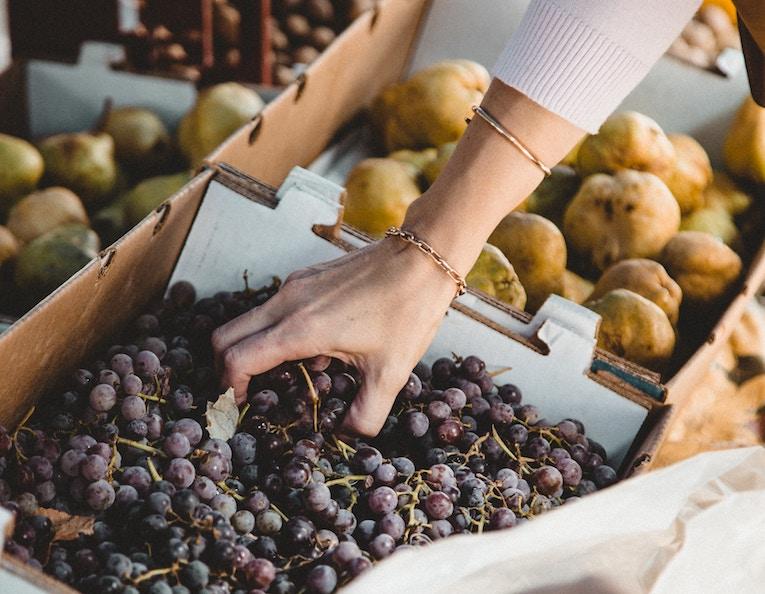Here’s The Trick To Decoding Your Produce Labels

Unsplash
You know those sticky white labels on pieces of produce at the grocery store? Well, they aren’t there to just annoy you when you’re rinsing veggies for a salad or prepping an apple for a snack.
The stickers share what’s called PLU codes, or Price Look-Up Code labels, so you can know exactly what you’re eating and how it was grown. And once you learn what these labels mean, you’ll be able to look at fruits and vegetables and know whether they’ve been genetically modified, conventionally grown with pesticides or grown organically.
These codes, assigned by the International Federation for Produce Standards, are used to identify fruits and vegetables based on the commodity, variety and size group. While the main goal of these stickers is to make the check-out process easier, faster and more accurate, the labels also help you to become a more informed shopper.
Now, before we dig into what their numbers mean, it’s worth noting that PLU stickers are most commonly made of plastic or vinyl and sometimes paper. This means they’re most likely not biodegradable, so if you’re looking to compost, make sure you remove those stickers before you do so. And if you eat them by accident, the labels will pass through your digestive system, but we still don’t recommend making a habit of it. Even though PLU stickers are FDA-approved, they’re made of chemicals. Great. Thanks, FDA, for your genuine concern when it comes to our health.

Unsplash
Genetically Modified Produce
Since there are currently no mandatory labeling laws for genetically modified foods in the United States, you can’t always rely on labels. However, if the code has five digits and begins with an eight, there’s a good chance your produce has been genetically modified. Food that’s genetically modified is produced from organisms that have had changes made to their DNA through genetic engineering. Genetically modified foods can also lead to an abundance of health problems, so it’s better to avoid them when you can.
Organic Produce
Yes, organic produce can be expensive, but most of the time, it’s worth it if you can swing it. A five-digit code with a nine in front indicates that it was organically grown. When you want to be extra safe, your best bet is to keep an eye out for that green and white USDA-certified organic label.

Unsplash
Conventionally Grown Produce
When the label begins with a three or a four, this usually indicates that your fruit was grown conventionally. This most likely means pesticides were included in the process of growing your fruits and vegetables. With most conventionally grown foods, the pesticide levels are so low that they won’t harm you. But to be safe, you could always give your fruits and vegetables an extra rinse before eating them.
Disclaimer: The United States remains one of the only industrialized countries in the world without mandatory labeling. So, despite your newfound knowledge of PLU stickers, there’s always a chance you’ll be left in the dark about the origins of your produce. Hmph.
RELATED
Here’s The Produce With The Longest Shelf Life
How To Keep An Eye On The Pesticides In Your Produce This Year
Frozen Vegetables Can Be More Nutritious Than Fresh Produce











